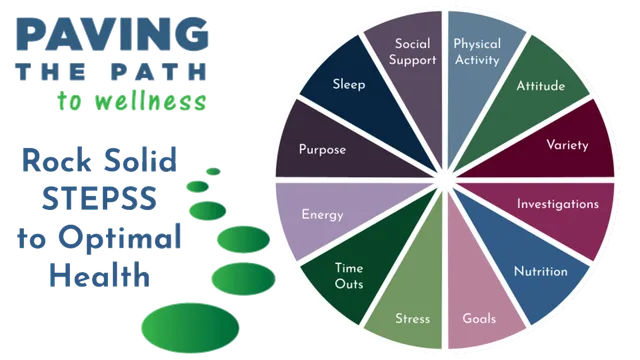Good nutrition is one of the most impactful choices we can make for our health. It affects metabolism, mood, energy, disease prevention, and even longevity. Understanding how food interacts with the body helps us make informed decisions that promote vitality and balance throughout life.
1. The Role of Nutrition in Everyday Life
Nutrition is the foundation of how we think, feel, and function.
1.1. Food as Information
Every bite sends signals to the body—telling it how to store energy, how to repair tissues, and how to protect against illness.
Example:
Eating foods rich in antioxidants (like blueberries or spinach) signals the body to reduce inflammation and protect cells from damage.
1.2. Nourishment vs. Consumption
There is a difference between simply eating and nourishing the body. Nourishment involves choosing foods that provide vitamins, minerals, fiber, and high-quality energy.
2. Essential Components of Healthy Nutrition
A nutritious diet is a balanced combination of macronutrients and micronutrients.
2.1. Protein: The Body’s Builder
Proteins help build muscle, repair tissue, and support immune function.
Examples:
- Plant-based: lentils, tofu, quinoa
- Animal-based: fish, eggs, chicken
2.2. Carbohydrates: The Energy Source
Carbs fuel the brain and muscles. The key is choosing slow-digesting, high-fiber options.
Examples of healthy carbs:
Oats, brown rice, sweet potatoes, whole grains.
2.3. Healthy Fats: Essential for Brain and Hormones
Healthy fats improve cognitive function, reduce inflammation, and support hormone balance.
Sources:
Olive oil, avocado, nuts, seeds, fatty fish.
2.4. Fiber: The Digestive Hero
Fiber supports gut health, stabilizes blood sugar, and helps regulate weight.
Example:
Adding chia seeds to yogurt increases fiber intake and improves satiety.
3. The Power of Balanced Eating
Balanced nutrition doesn’t require perfection—it requires intention.
3.1. The 50–25–25 Plate Method
A simple structure for balanced meals:
- 50% vegetables
- 25% lean protein
- 25% whole grains or healthy carbs
Example meal:
Grilled salmon, steamed broccoli, and wild rice.
3.2. Smart Snacking
Healthy snacks stabilize energy levels and prevent overeating.
Examples:
- Greek yogurt with fruit
- Carrot sticks with hummus
- A handful of nuts
3.3. Understanding Portion Control
Portion awareness prevents excessive calorie intake without restrictive dieting.
4. Nutrition Throughout the Day
Your body has different needs at different times.
4.1. Morning Nutrition
Breakfast sets the tone for metabolic stability.
Example:
Oatmeal with bananas and a spoonful of almond butter for sustained energy.
4.2. Afternoon Balance
Lunch should refuel without causing afternoon fatigue.
Example:
A quinoa bowl with vegetables and chickpeas provides protein and fiber without heaviness.
4.3. Evening Eating
Dinner should be lighter to support digestion and restful sleep.
Example:
Baked chicken with sautéed vegetables.
5. Common Obstacles and How to Overcome Them
Healthy nutrition can be challenging, but simple strategies make it achievable.
5.1. Busy Schedule
Prepare meals in advance or keep healthy snacks at hand.
5.2. Cravings
Cravings usually indicate:
- Low hydration
- Lack of sleep
- Emotional triggers
Example:
Drinking a glass of water or adding more protein to meals can reduce sugar cravings.
5.3. Eating Out
Choose meals with vegetables, grilled proteins, and whole grains when possible.
6. A Simple Weekly Nutrition Plan
Daily goals
- Drink 6–8 glasses of water
- Eat at least 3 servings of vegetables
- Include protein in every meal
Weekly habits
- Cook 1–2 large batches of healthy meals
- Try one new vegetable or whole grain
- Limit sugary drinks to once a week or less
Conclusion
Nutrition is not about restriction—it’s about empowerment. By choosing nourishing foods, balancing meals, and listening to the body, anyone can build a sustainable lifestyle that enhances energy, mood, and long-term health. Good nutrition is a daily investment with lifelong benefits.
